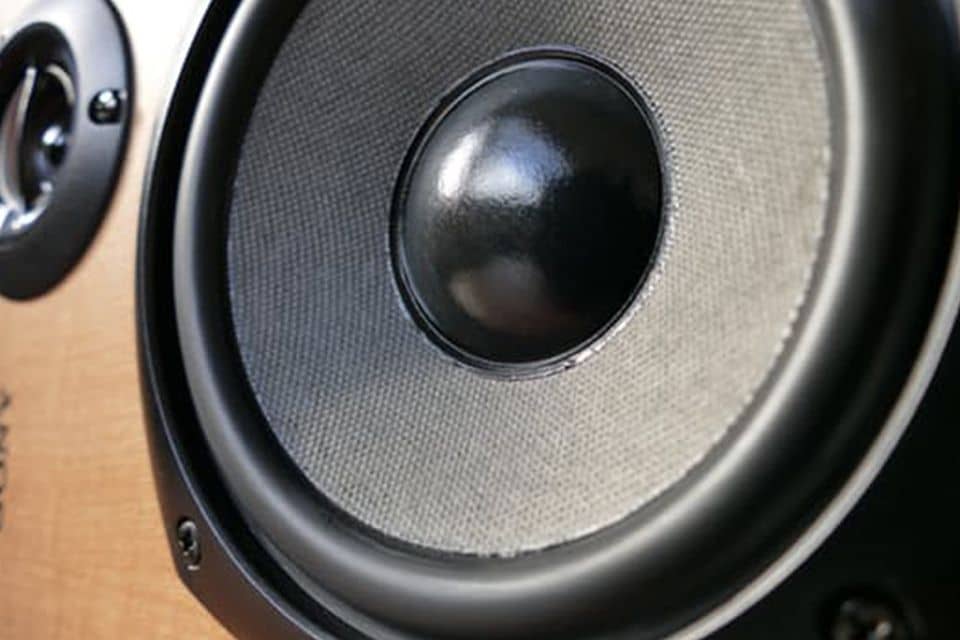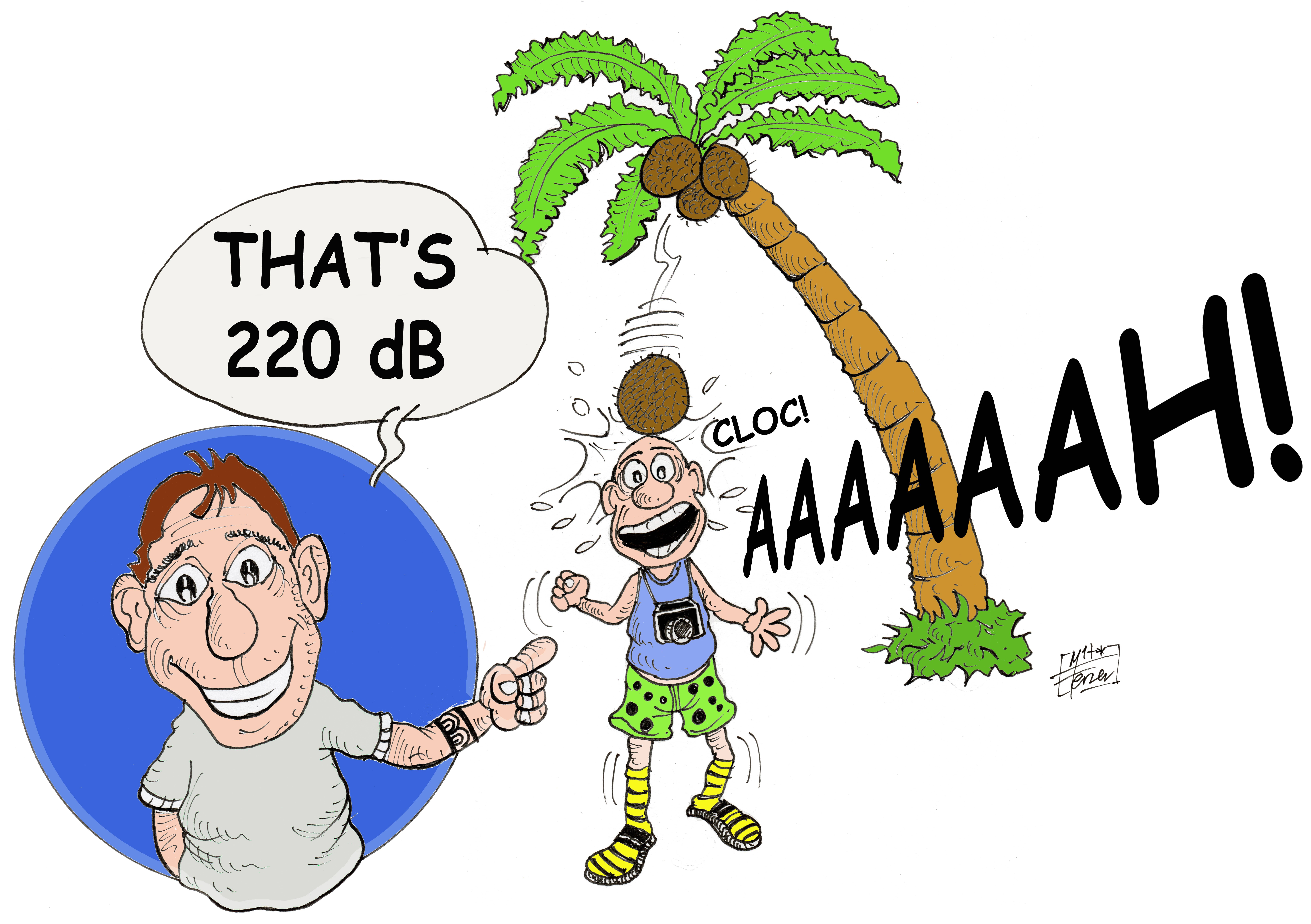
08 Jun 80 decibel limit
Before starting this post and developing on a title that seems taken from a billboard, let us formally present Mr. Decibel.
Who is Mr. Decibel?
It is the unit established for measuring the sound that surrounds us, in the same way as meters are used for measuring the distance between us and the bar. Its abbreviation is dB.
Every once in a while our upstairs neighbors, who love salsa and merengue music, have a party and ruin our night. Here the protagonist is Mr. Decibel.
One good step corresponds to approximately 1 meter, but how much is 1 decibel? Below we have listed several examples that will help answer this question:
- A whisper: 15 dB
- A conversation: 30 dB
- Heavy traffic: 80 dB
- A jackhammer: 100 dB
- A jet engine: 140 dB
What harmful effects can decibels have?
An excessive dose of these decibels, day after day, can lead to hearing loss. This is also called hypoacusis.
Working close to machines that generate noise can lead to hearing loss, specifically what is known as perception hypoacusis. This affects the inner ear or the auditory nerve that transmits sound to the brain.
Hearing loss can occur at various levels:
- Mild: with a loss of 20-40 dB. It is characterized by difficulty in understanding conversations that are far away or in noisy surroundings.
- Moderate: with a loss of 40-70 dB. It is characterized by difficulty in keeping up with conversations.
- Severe: a loss of 70-90 dB. Only very loud conversations less than 30 cm away can be heard.
- Profound: a loss of more than 90 dB. Only some very intense background noises can be heard.
Does that make the problem clear? With mild hypoacusis we would have problems keeping up with a conversation at our friends’ house.
This risk must therefore be evaluated in the world of work. We shall examine the different workplaces and evaluate the levels of exposure to noise.
How is exposure to noise at a job evaluated?
Acoustic readings are carried out, which entail measuring the decibels that we are exposed to with an apparatus called a sound level meter, or with a dosimeter.
Several readings are taken, considering the different tasks carried out during the work day. The duration of the task and the noise we are exposed to during each one of them give an average value of the decibels we are exposed to. This average value is known as equivalent daily noise exposure level, something that is easy to calculate:
What needs to be done after evaluating the exposure to noise?
Depending on the values of the equivalent daily noise exposure level and what is known as peak level, which is the maximum decibel level that is detected occasionally during the measurements, the following steps will be taken:
- Equivalent daily noise exposure level less than 80 dB and peak level less than 135 dB: no measures need to be taken.
- Equivalent daily noise exposure level between 80 dB and 85 dB or peak level between 135 dB and 137 dB: inform and train the affected individuals, hand out hearing protection devices, take exposure readings every 3 years, and entitlement to an audiometry at least every five years.
- Equivalent daily noise exposure level between 85 dB and 87 dB or peak level between 137 dB and 140 dB: inform and train the affected individuals, program technical or organizational measures, take exposure readings each year, hand out hearing protection devices and point out the obligatory use of these, and entitlement to an audiometry at least every three years.
- Equivalent daily noise exposure level higher than 87 dB or peak level higher than 140 dB: take exposure readings every year and adopt technical or organizational measures.
This is where the title of this post becomes clear: the 80 dB are the limit after which measures have to be taken.
Addressing the importance of the effects of noise, in Rieusset we carry out a yearly program to evaluate exposure to noise, we point out the risks, we hand out hearing protection devices, we analyze the measures that need to be taken with the machinery in order to reduce noise emission, we offer hearing tests annually and we have an action protocol for workers who are especially affected, which includes employees sensitive to noise.
Does noise have extra-auditory effects?
Yes it does. Apart from losing hearing ability, below there are other additional effects:
- Decline in work performance, above all in jobs that require concentration
- Disruption of human communication
- Irritability, anxiety, stress,…
- Disorders of various organs: pupil dilation, hypertension, sight impairments, vertigo,…
- Intense noise can affect the development of the fetus
Noise brings with it harmful effects; we need to adopt preventive measures before falling victim to it. An irreversible hearing loss can be a warning; isn’t it preferable to take the necessary measures before it’s too late?
| We Manufacture: | Meet Rieusset: |




